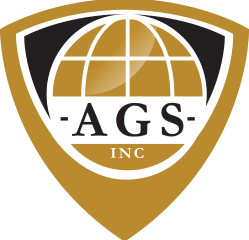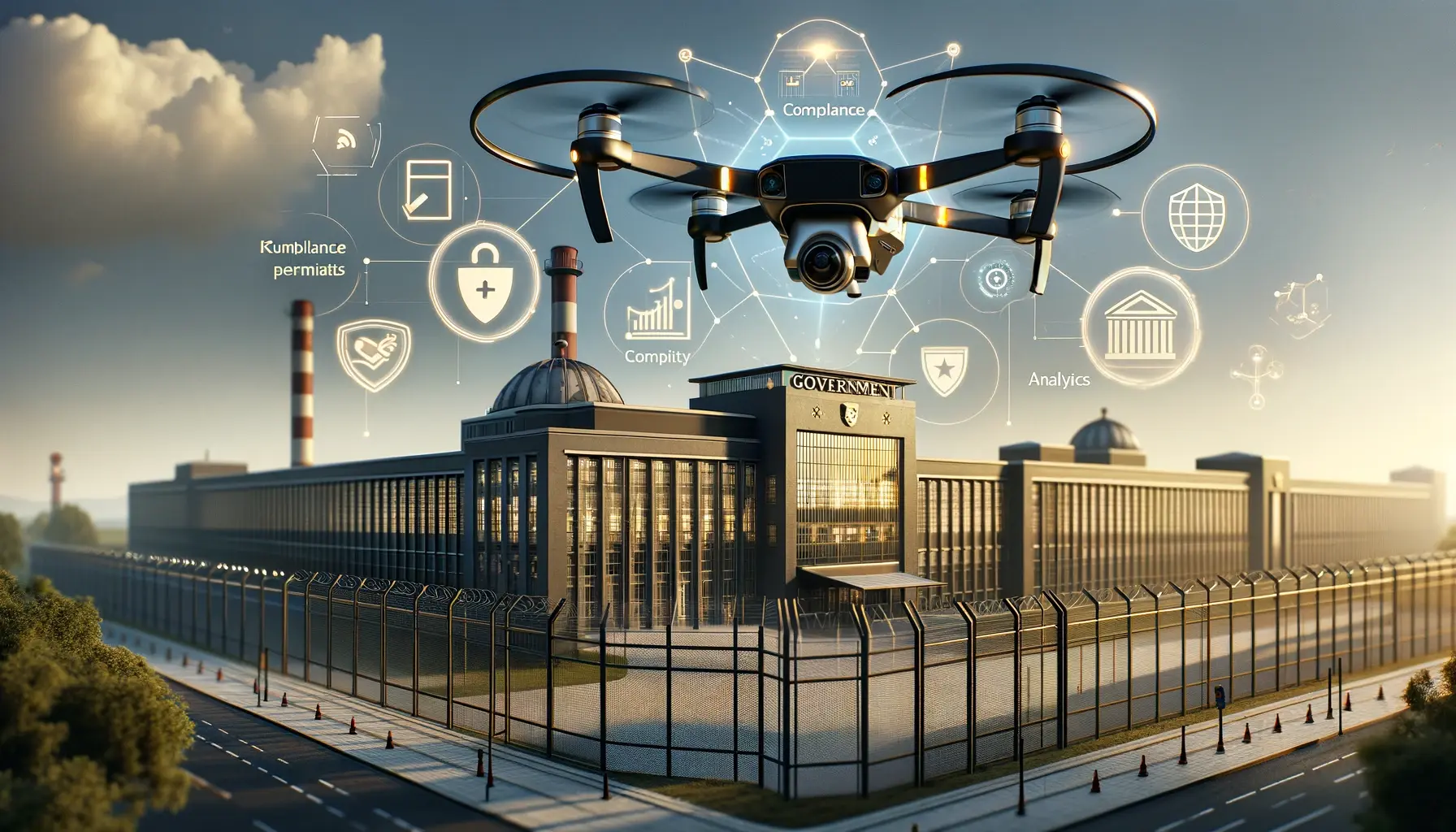What to Look for in a Drone Security Provider for Government Sites
Government facilities such as municipal buildings, military bases, and other government-owned properties require robust security measures. These sites house sensitive information and high-value assets, making them prime targets for threats. Drone technology offers an innovative solution, but selecting the right provider is critical. Here’s what decision-makers need to consider when choosing a drone security provider for government sites, ensuring reliability, compliance, and detailed reporting. Need help setting up aerial drone security for your government facility?
1. Proven Reliability and Performance
The Challenge: Security systems at government facilities must operate seamlessly under all conditions. Unreliable technology can lead to coverage gaps, slow response times, or missed threats.
What to Look For:
-
Track Record: Providers should demonstrate experience with high-security environments, particularly government sites.
-
Durable Equipment: Drones must perform reliably in diverse weather conditions, including rain, wind, and extreme temperatures.
-
Scalable Solutions: Ensure the provider can adapt to the size and complexity of your facility.
Key Question: How has your system performed in other government facilities, and what steps do you take to ensure consistent reliability?
2. Compliance with Government Regulations
The Challenge: Government sites must adhere to strict federal and local regulations regarding surveillance, data handling, and operational transparency. Non-compliance can result in penalties and security vulnerabilities.
What to Look For:
-
Regulatory Knowledge: Providers must understand and comply with all relevant security mandates.
-
Geofencing Capabilities: Drones should be restricted to authorized areas, avoiding residential zones or other no-fly areas.
-
Data Security: Encrypted data storage and secure transmission protect sensitive surveillance footage.
Key Question: How does your system ensure compliance with federal and local security mandates?
3. Advanced Reporting and Audit Trails
The Challenge: Detailed reporting and audit trails are essential for accountability, compliance, and improving security measures over time. Manual reporting can be time-consuming and error-prone.
What to Look For:
-
Automated Reporting Systems: Providers should offer solutions that automatically generate time-stamped logs, incident reports, and video documentation.
-
Centralized Data Management: Ensure reports can be accessed securely from a centralized platform.
-
Customizable Reports: Reports should be tailored to meet the specific requirements of audits or regulatory reviews.
Key Question: What reporting features does your system provide, and how accessible are audit trails for compliance purposes?
4. Technology Capabilities
The Challenge: Not all drones are equipped to handle the unique demands of government sites. Outdated or underpowered systems can compromise security.
What to Look For:
-
High-Resolution Cameras: Ensure drones provide clear visuals for effective monitoring.
-
AI-Powered Analytics: Real-time detection of anomalies, such as unauthorized personnel or vehicles.
-
Thermal Imaging: Essential for night patrols and low-visibility conditions.
-
Autonomous Patrols: Drones should be capable of pre-programmed routes with minimal manual intervention.
Key Question: What advanced technologies do your drones include, and how do they enhance security for high-risk areas?
5. Comprehensive Service Packages
The Challenge: Government sites have unique security needs that require tailored solutions. A one-size-fits-all approach often leads to inefficiencies.
What to Look For:
-
Customization Options: Providers should tailor their services to meet the specific requirements of each facility.
-
Integration Capabilities: Ensure the system can integrate with existing security infrastructure, such as CCTV cameras or access control systems.
-
Training and Support: Providers must offer training for security teams and ongoing technical support.
Key Question: How customizable are your solutions, and what support services do you provide for implementation and maintenance?
Key Features to Evaluate in a Drone Security Provider
| Feature | Importance |
|---|---|
| High-Resolution Cameras | Provides clear visuals for detailed monitoring. |
| AI-Powered Analytics | Detects anomalies and potential threats. |
| Thermal Imaging | Enables surveillance during low-light conditions. |
| Geofencing | Ensures compliance with no-fly zones. |
| Automated Reporting | Simplifies compliance and audit preparation. |
| Real-Time Alerts | Enhances response times for security teams. |
Questions to Ask Potential Providers
-
Can your system handle adverse weather conditions and operate 24/7?
-
How do you ensure compliance with federal and local security mandates?
-
What level of customization is available to tailor the system to our needs?
-
What reporting features are included, and how accessible are they?
-
How does your solution integrate with existing security systems?
-
What training and support services do you offer for our team?
Frequently Asked Questions (FAQs)
Q: Are drones cost-effective for smaller government facilities? A: Yes, drones are scalable and can reduce operational costs by minimizing manpower and infrastructure expenses.
Q: How do drones ensure compliance with privacy regulations? A: Features like geofencing and encrypted data storage ensure surveillance is limited to authorized areas and protects sensitive information.
Q: Can drones integrate with existing security infrastructure? A: Yes, modern drones are designed to connect seamlessly with CCTV networks, alarms, and access control systems.
Q: What happens if a drone detects a potential threat? A: Drones provide real-time alerts and visuals to security teams, enabling immediate response and tracking capabilities.
Q: How do drone systems handle reporting and audits? A: Automated reporting systems generate detailed logs, time-stamped video, and incident reports, simplifying audits and compliance reviews.
.png)
.png)
.png)

.png)
.png)

.png)
.png)
.png)
.png)
